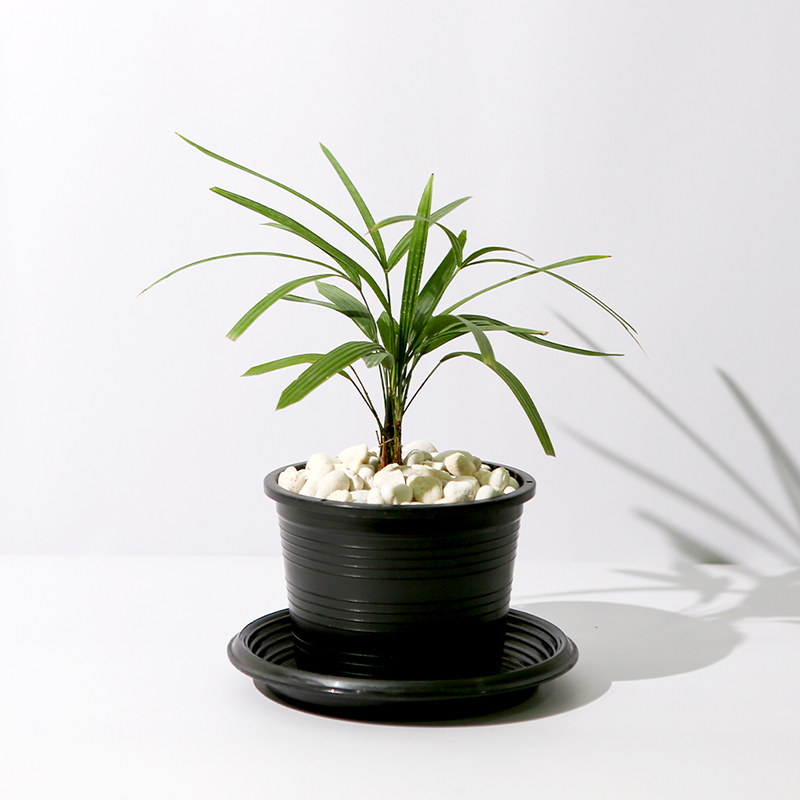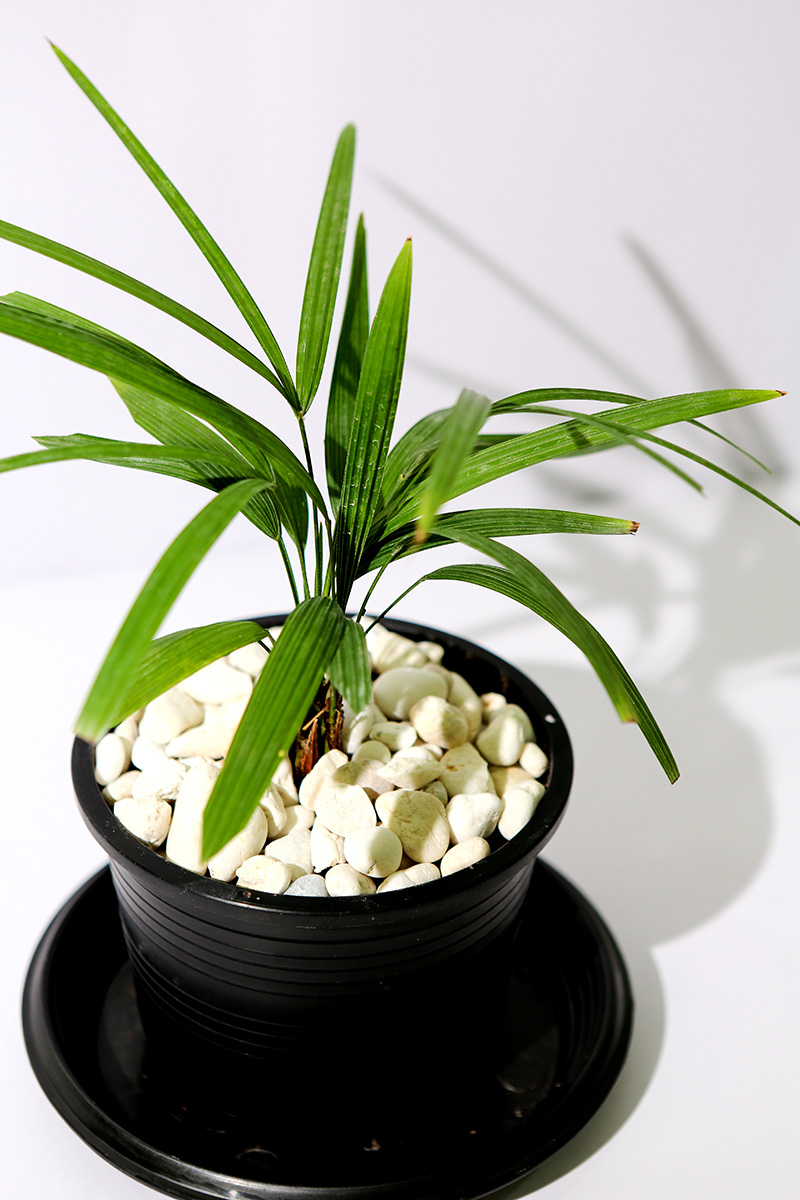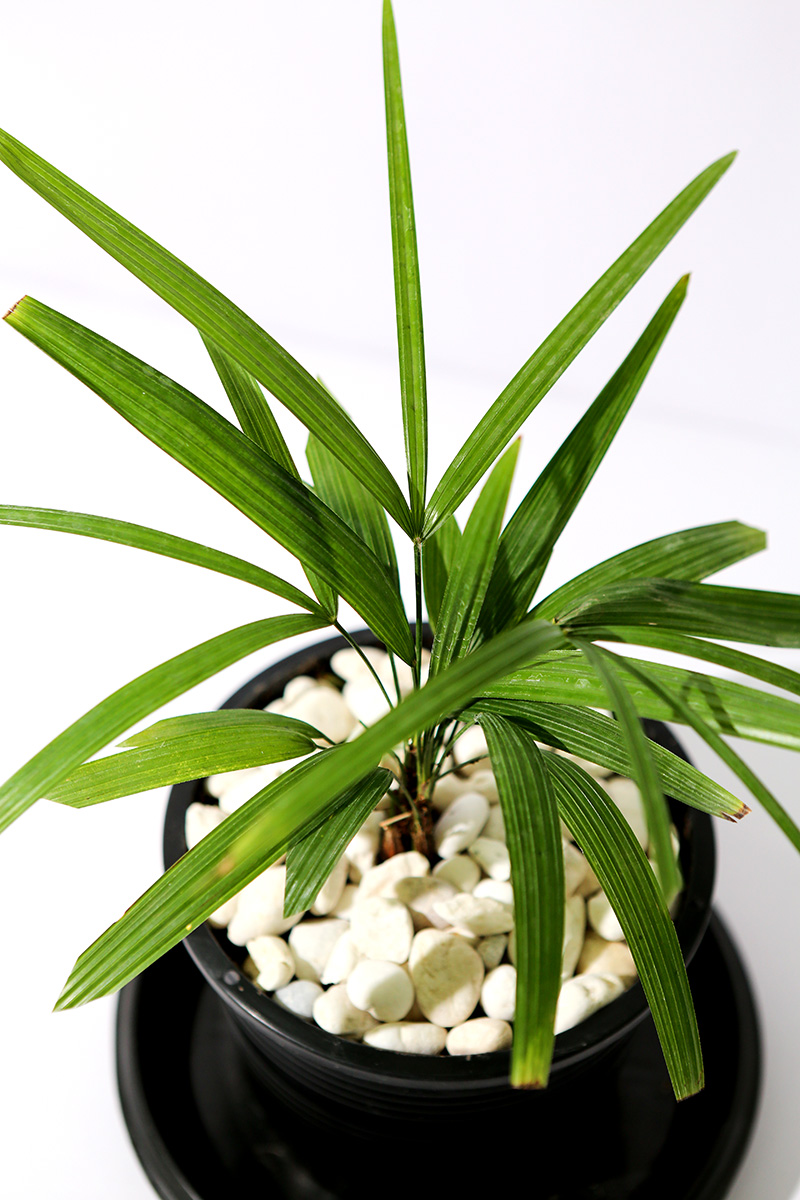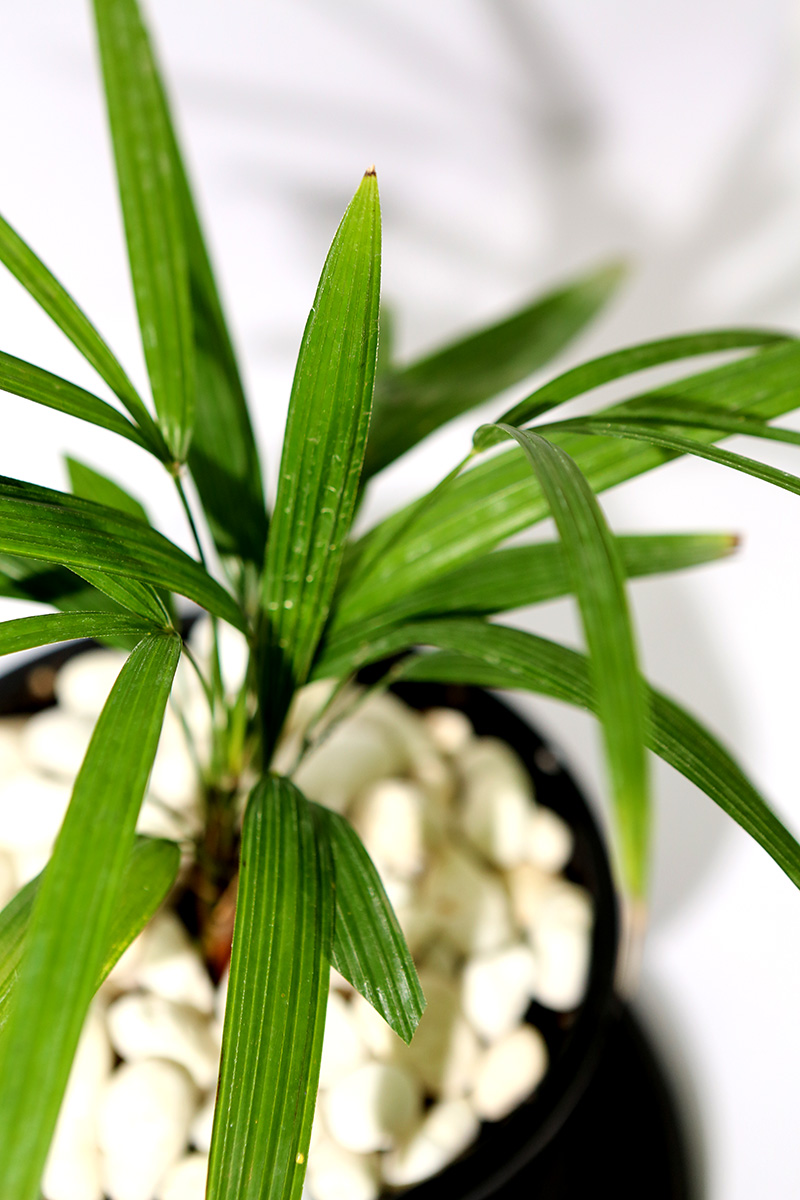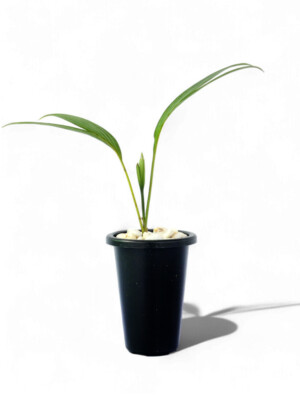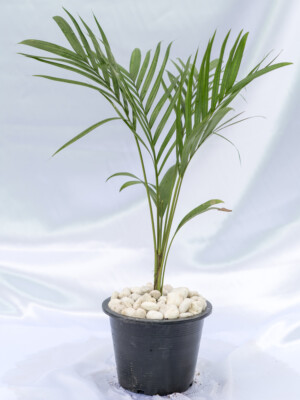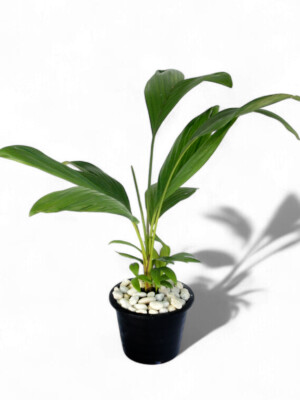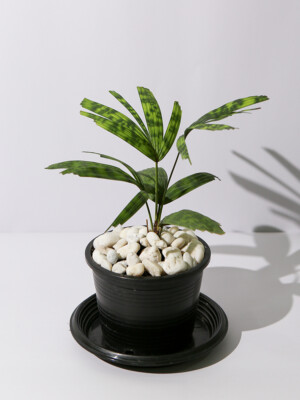Pot:
Ø15
Height:
30/40 (M)
Hardiness:
Not Hardy
Watering:
Low
Sunlight:
Low
Pot:
Ø15
Height:
30/40 (M)
Hardiness:
Not Hardy
Watering:
Low
Sunlight:
Low
$38.90
Share:
Product Overview:
How to Care for Your:
Rhapis multifida
Pot:
Available in pot sizes of Ø15cm.
Height:
Choose between 30/40 (M)cm. tall plants.
Hardiness:
Not Hardy
Watering:
Low
Sunlight:
Low
Pot:
Ø15
Height:
30/40 (M)
Hardiness:
Not Hardy
Watering:
Low
Sunlight:
Low
Rhapis multifida, commonly known as the Finger Palm or Slender Lady Palm, is a distinctive member of the Arecaceae family, celebrated for its elegant appearance and versatile growing characteristics. This species is native to southern China, where it has been cultivated for centuries and has since become a popular ornamental palm worldwide.
The palm is characterized by its clustering growth habit, forming dense clumps of slender stems that typically reach heights of 2-3 meters in cultivation, though they can grow taller in optimal conditions. Each stem is clothed in dark, fibrous leaf sheaths, creating an attractive textural element that adds to its ornamental value.
The most distinctive feature of Rhapis multifida is its deeply divided, fan-shaped leaves (palmate fronds). Unlike its close relative Rhapis excelsa, R. multifida’s leaves are more finely divided, with narrower segments that give it a more delicate, feathery appearance. Each leaf is divided into multiple slender segments, creating an intricate pattern that catches light and movement, adding grace to indoor and outdoor spaces.
As an understory palm in its natural habitat, Rhapis multifida has adapted well to low-light conditions, making it an excellent choice for indoor cultivation. The palm demonstrates remarkable adaptability to varying light conditions, though it performs best in bright, indirect light. It shows good tolerance to air conditioning and heated indoor environments, contributing to its popularity as a houseplant.
The palm’s growth is relatively slow, making it manageable in contained spaces. It responds well to regular maintenance and can be shaped through selective pruning of stems and removal of older leaves. The root system is relatively compact and fibrous, allowing for successful container cultivation.
Rhapis multifida also displays notable environmental adaptability, tolerating a range of temperatures above freezing. While it prefers humid conditions, it can adapt to average indoor humidity levels, especially when provided with adequate soil moisture. The palm thrives in well-draining, organic-rich soil and appreciates consistent moisture without waterlogging.
Related
Instagram Feeds



